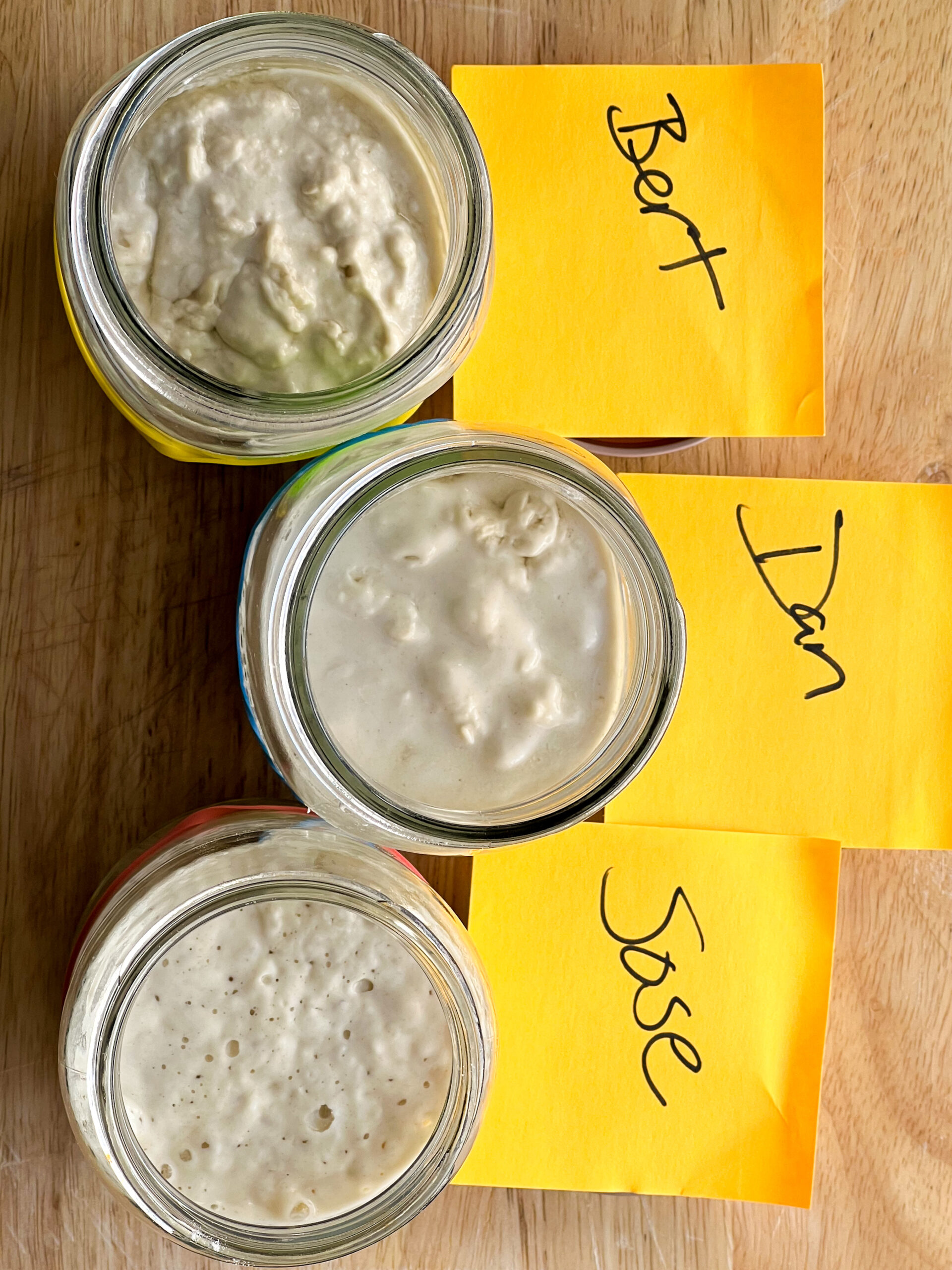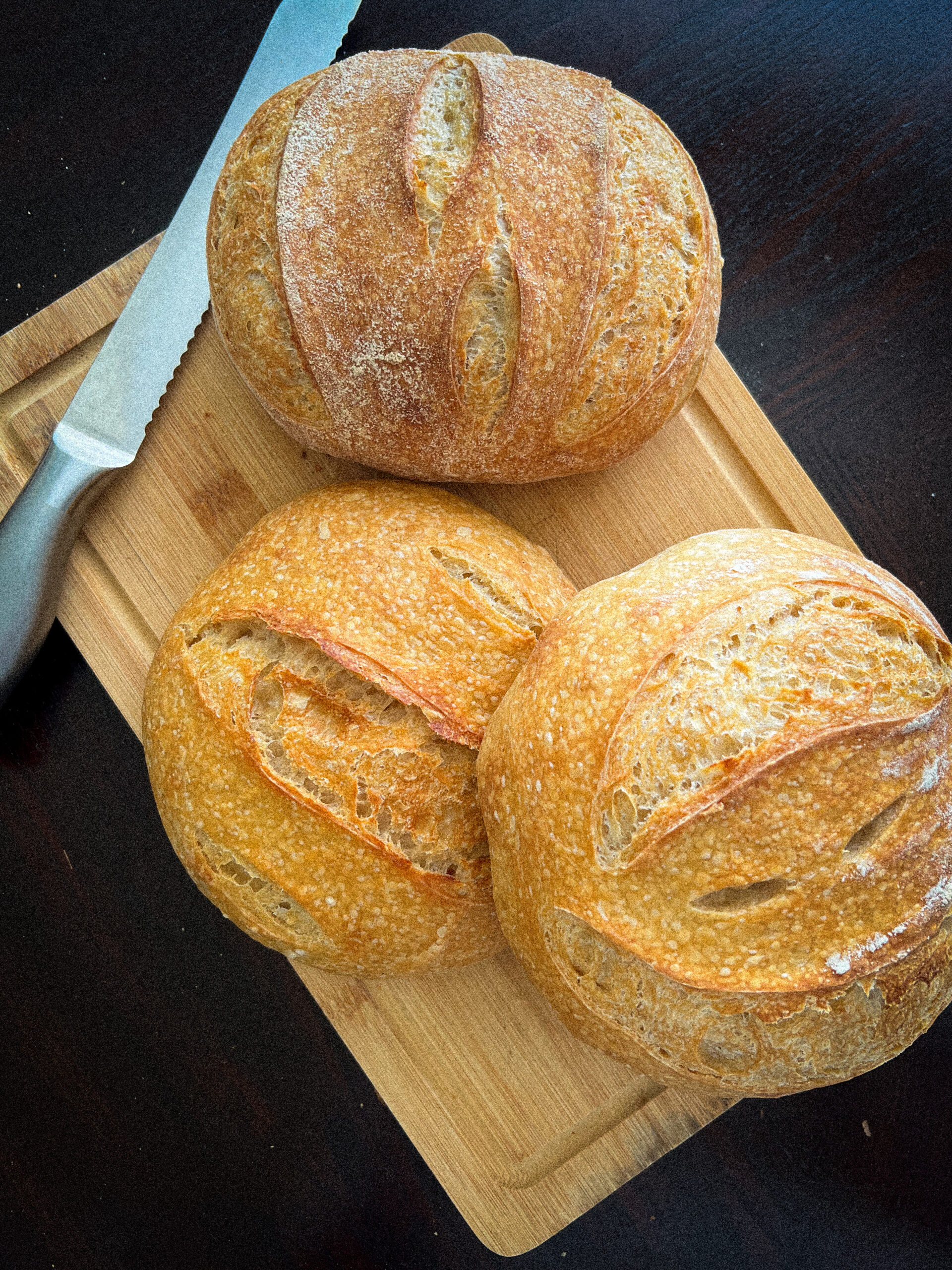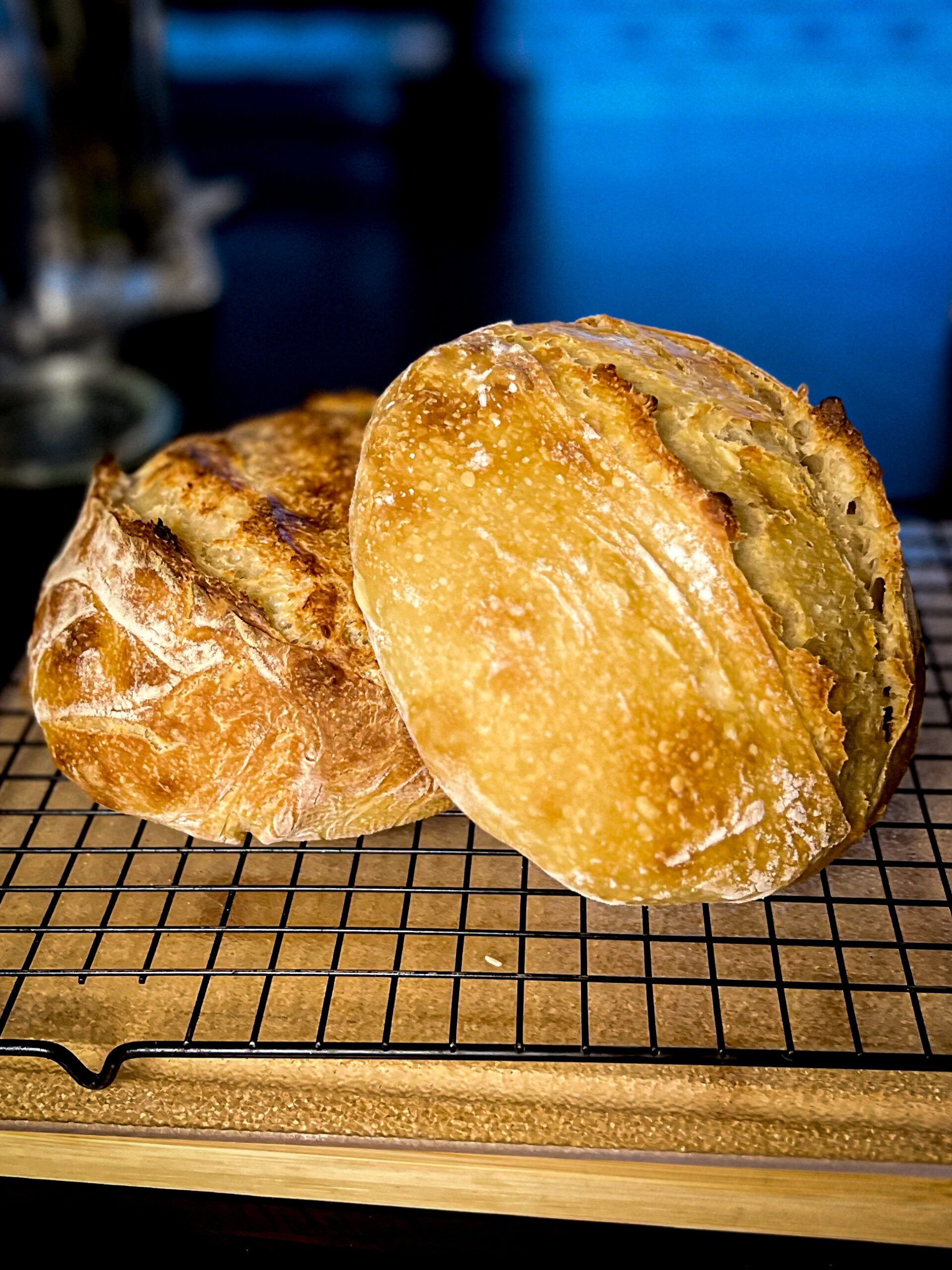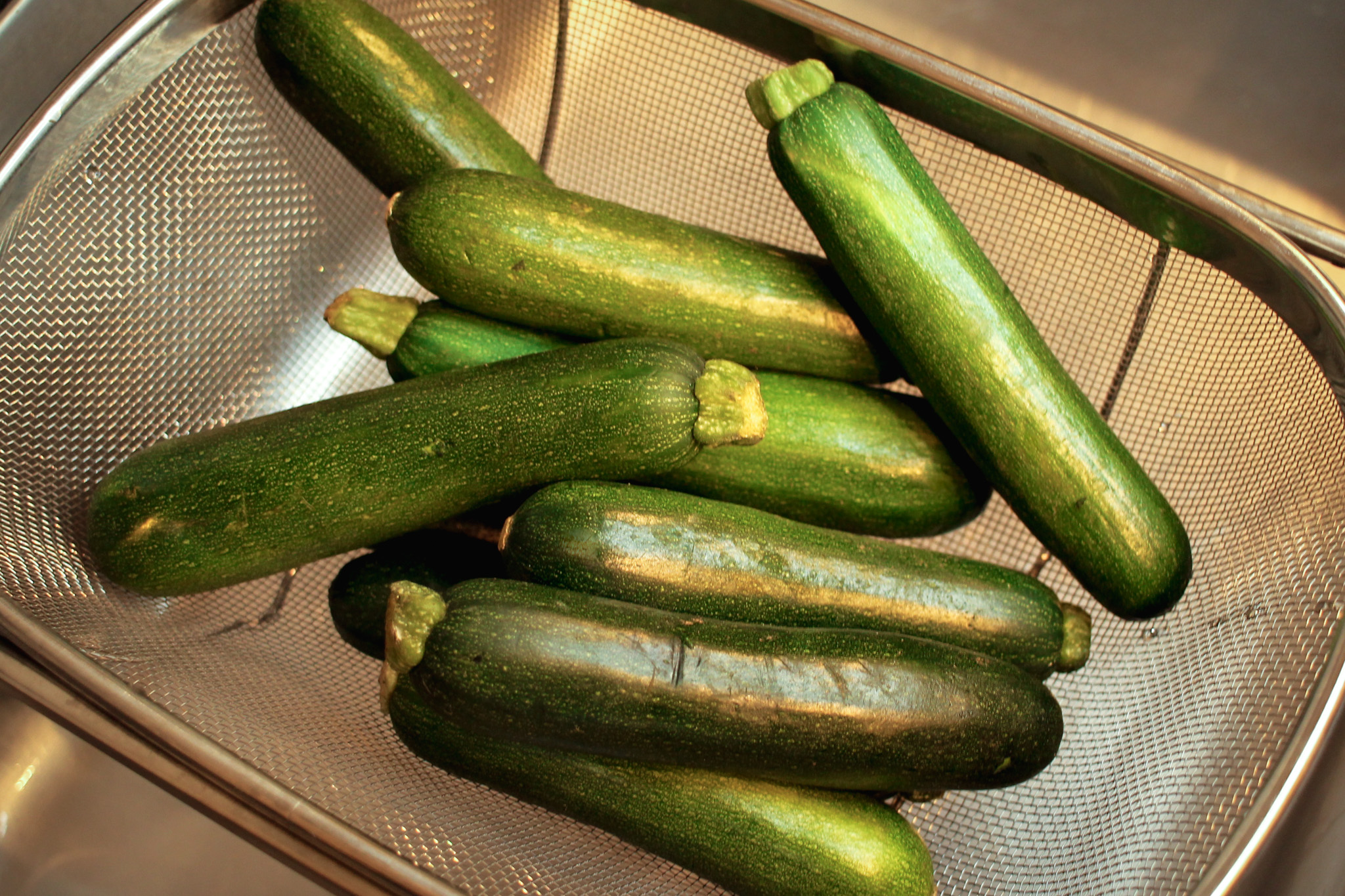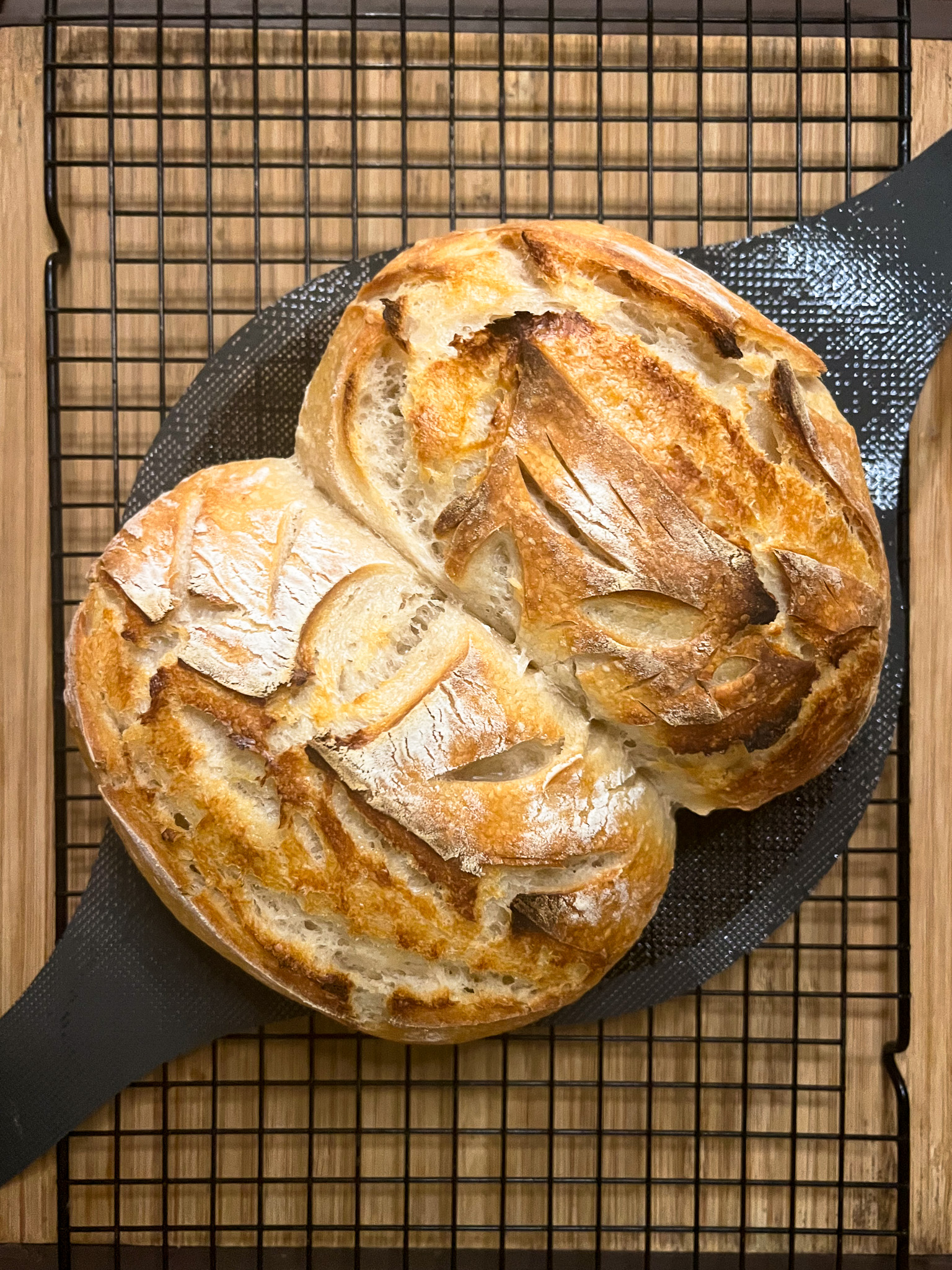A brief origin story of the croissant.
J’adore vraiment les croissants! I mean, even my super picky dad will eat that buttery goodness (especially when it’s made with his very favorite sourdough starter and raspberry jam…). Is there anything more quintessentially French than the croissant? Yes, in fact; turns out le croissant is not as French as the French would have us believe. The origin story of the croissant is as layered (and sometimes as flaky) as the pastry itself. What historians can agree on, however, is that it was brought to France, not born there, most likely by an Austrian sometime between the 8th and 19th centuries. Dates vary (slightly…) according to varying sources, but most scholars and the like agree that it was the 1837 arrival in Paris of August Zang and Ernest Schwartzer, and their Boulangerie Viennoise, which began the journey that would produce the most iconic item in French cuisine.
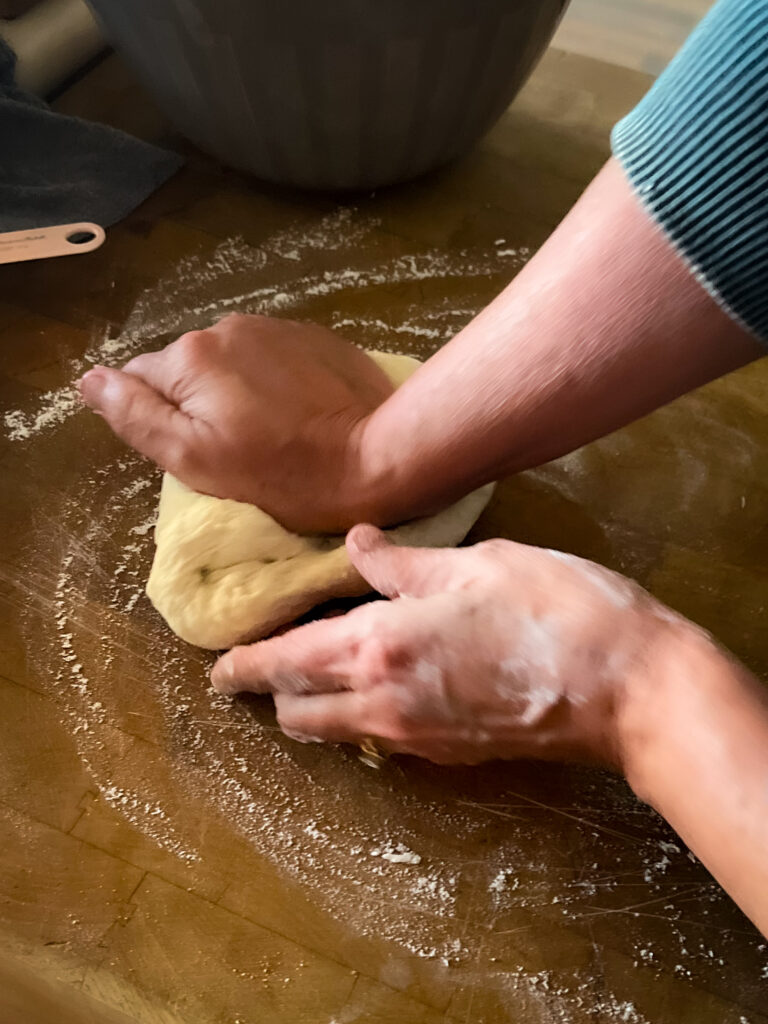
Popular opinion holds that the croissant was adapted from the Austrian kipferl, which may have taken on the crescent shape after the successful defense of Vienna against the Ottoman Turks in 1683. The story goes that the attack was thwarted when Viennese bakers working in their cellars heard the Ottoman forces tunneling under the city wall. To commemorate the event they decided to bend their kipferls into crescents because the flag of the Ottoman Empire in the 14th century (300 years before the tunneling attack) displayed a crescent moon. I suppose it’s better than displaying heads on spikes. Several scholars worth their salt, however, have demonstrated that crescent shaped breads and pastries peppered eastern Europe for centuries prior.
However the kipferl wound up curled, its crescent form is what arrived in Paris with Zang and Schwartzer and their Boulangerie Viennoise. From here, one wily Frenchman or other – or, quite possibly, a French woman? – looked at the newfound marvel and said, “I can do better.”
Honestly, what isn’t better with a boatload more butter?
The Austrian kipferl was more akin to a brioche roll than to the modern-day croissant until sometime in the early 20th century, when French bakers began making them with lots and lots (and LOTS) of butter, as well as a few other ingredients I’m not one hundred percent sure about because sources differ. The gist of it is that they added yeast to puff pastry and, voila, the croissant that in 1920 was proclaimed the national French product. Nowadays croissants have divided into two camps, the croissant au beurre, and the croissant ordinaire; the first being the one layered with heavenly butteriness, and the latter made with margarine or some other substitute. There are also any number of pre-fab style croissants, even in France. Although I doubt any French person would be caught dead with a roll in a tube.
The pre-fab varieties obviously can’t compare to the real thing, but I am leery of attempting to make the real thing. They are a lot of work and require greater attention to detail than I am generally willing to give to a pastry. Fortunately, my sister is here to help with the finer details, and she brought with her a recipe for sourdough croissants. Brilliant!
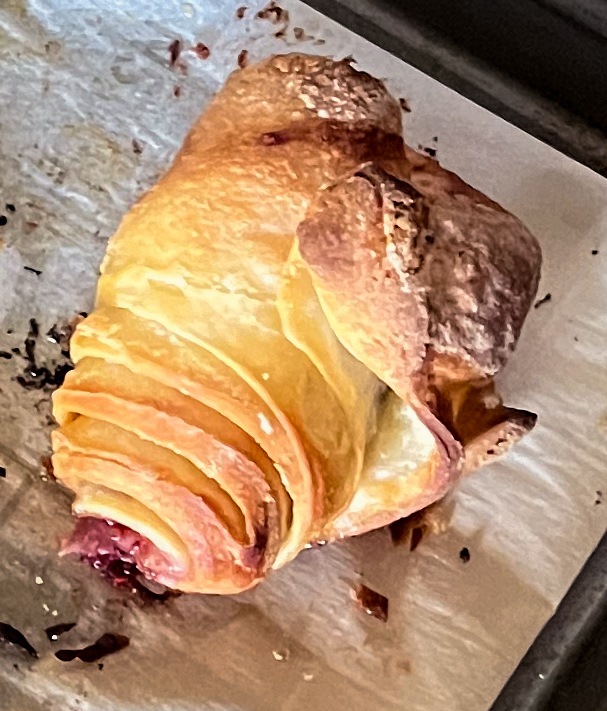
Our first batch was not exactly “brilliant,” but far from shabby. The recipe we used is fantastic because it is so simple. Again, it takes some time, but it ain’t rocket science. And it only makes six croissants so it’s easy to experiment. We made 2 plain, 2 chocolate, and 2 raspberry and, perfect or not, they were so good! Like I said, even the grumpy, old cowboy ate some. That is a feat in and of itself. We’re going for attempt number two later this week… I’ll keep you posted.
Sources:
https://www.ice.edu/blog/brief-history-croissant
https://www.parisunlocked.com/food/food-history/history-of-the-croissant-how-france-adopted-it/
https://www.nerdseyeview.com/blog/2015/01/21/k-kipferl/
Photos
Top: Nataliya Melnychuk on Unsplash
Insets: Yours Truly


